The Victorian Era, spanning Queen Victoria’s reign from 1837 to 1901, witnessed significant shifts in fashion, mindset, and daily practices. Despite this, certain antiquated rules and beliefs evoke relief for not enduring them today.
Viral Strange will list 8 curious facts about the Victorian era that will leave you in awe.
During the Victorian era, women faced a lack of public toilets.
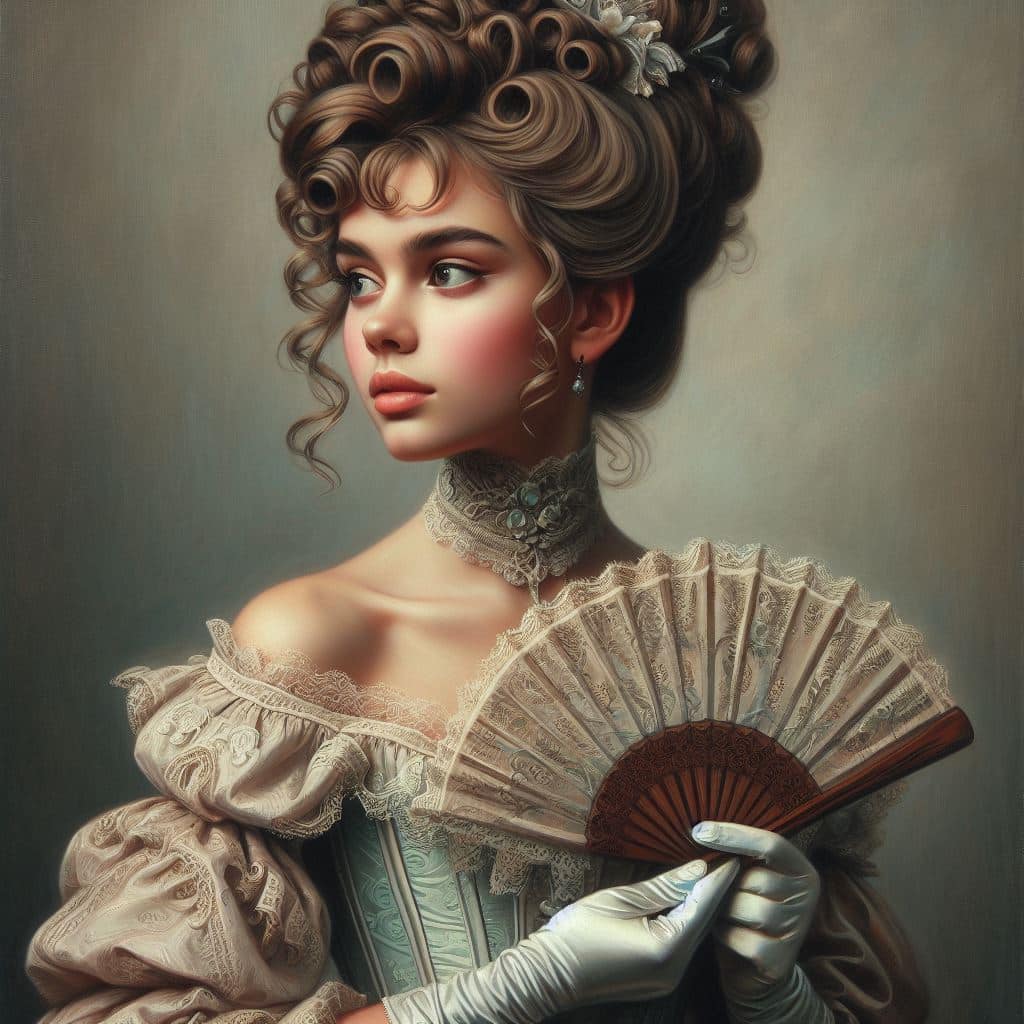
Respectable ladies had to meticulously plan their routes in London, relying on friends’ or relatives’ homes, as there were no public facilities for them. This stemmed from societal norms viewing women as homemakers, limiting their presence outside the home, a phenomenon termed the “urinary leash.”
Selecting a spouse was decided by the shape of their head.
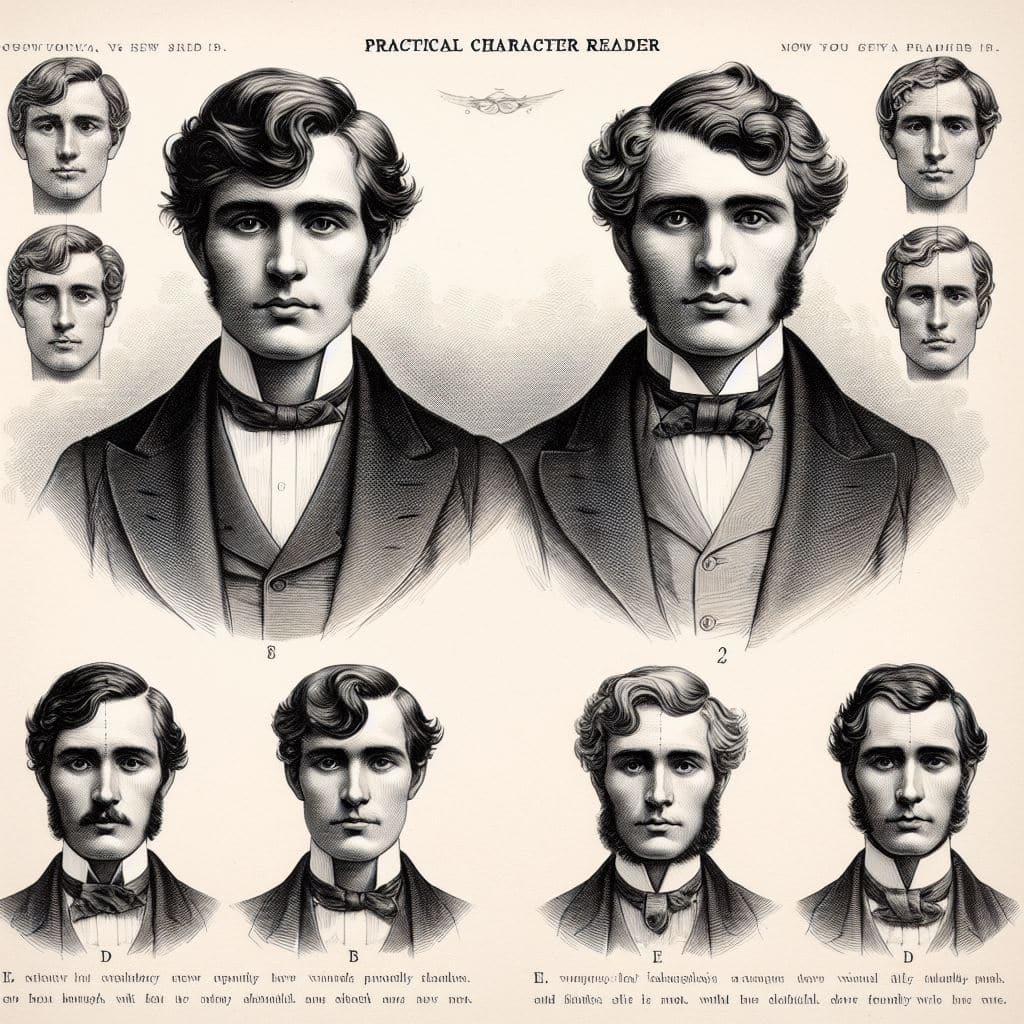
Guides like Vaught’s Practical Character Reader proposed assessing potential partners based on skull or nose shape. For instance, a Roman nose was seen as a sign of stubbornness, possibly hindering family harmony. Moreover, an ideal age gap formula was devised: halving the man’s age and adding seven years determined the recommended age for a spouse.
They believed trains harmed mental health.

During the 1850s and 1860s, the rise of railways sparked fear among Victorians who believed they harmed mental health. The rapid motion and noise were thought to trigger anxiety and insanity.
Media sensationalized stories of “railway madmen,” highlighting the odd behaviors of those supposedly affected. Victorian Railways even mandated isolating “insane persons” in separate compartments. Fortunately, concerns abated, allowing Britons to embrace train travel safely.
Examination of women in the Victorian era mandated darkness and a mannequin.
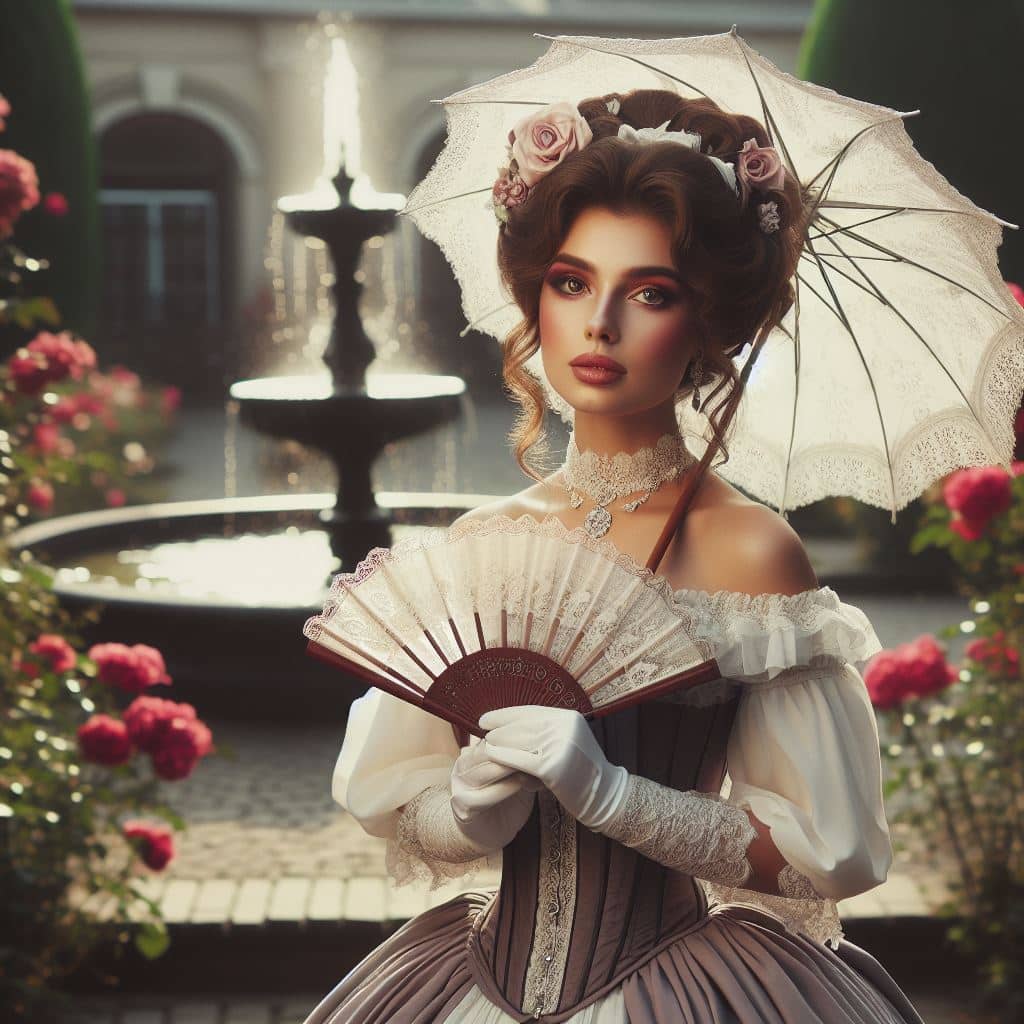
Victorian women couldn’t see a doctor alone; a companion or husband was required. Pain couldn’t be shown directly; a mannequin served that purpose.
Gynecological examinations were rare and secretive. They occurred in dark rooms or behind screens. Paying doctors posed a challenge as gentlemen didn’t directly accept money.
Enthusiasts of the color green faced peril.
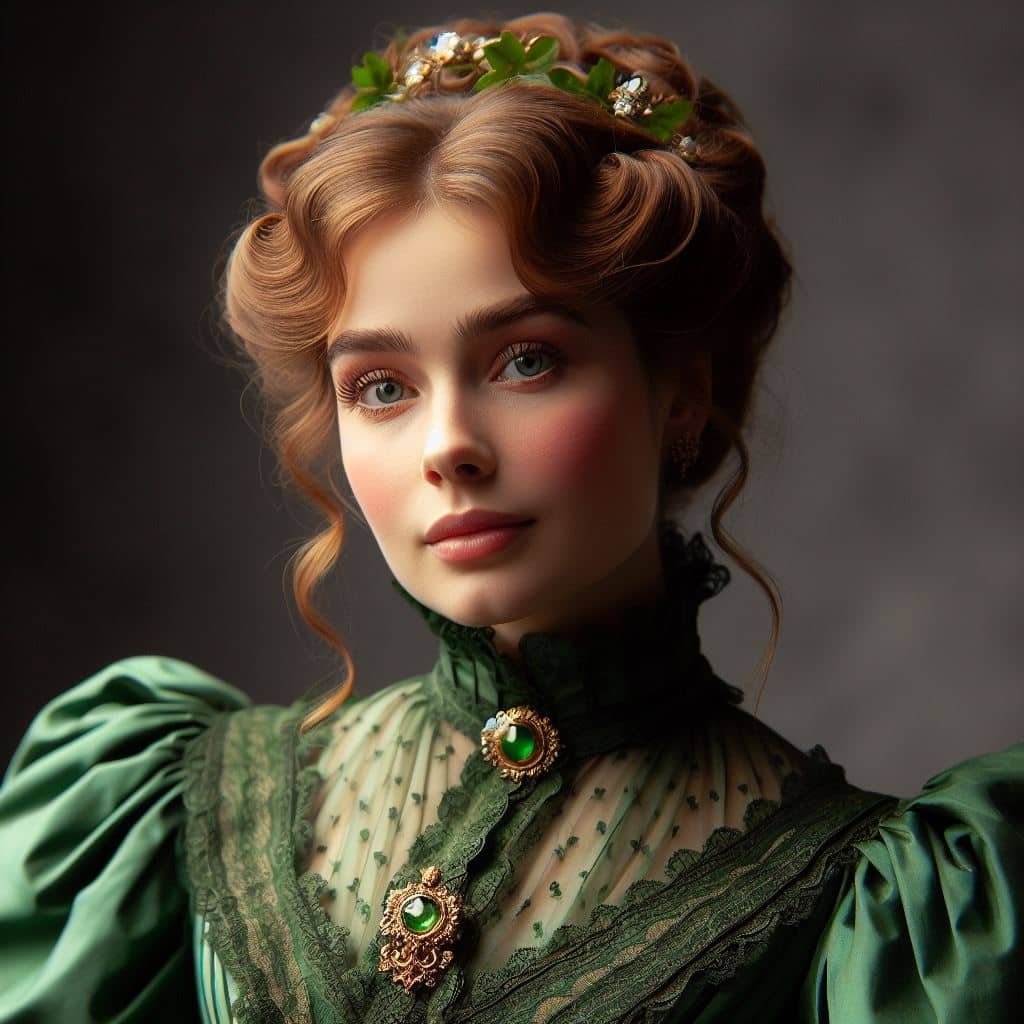
During the early 1800s, emerald green surged in popularity, captivating both fashionistas donning green attire and affluent women adorning their living spaces with this hue.
However, a peril lurked beneath the allure: the dye used, Scheele’s green and later Paris green, contained arsenic. This toxic pigment caused grave health issues, unbeknownst until the latter half of the 19th century.
During the Victorian Era, individuals wore “cholera belts.”

These belts, made of flannel or wool, were believed to ward off dysentery and cholera by preventing stomach hypothermia, rather than focusing on contaminated water sources.
Women adorned themselves with unique garments known as “tea gowns.”
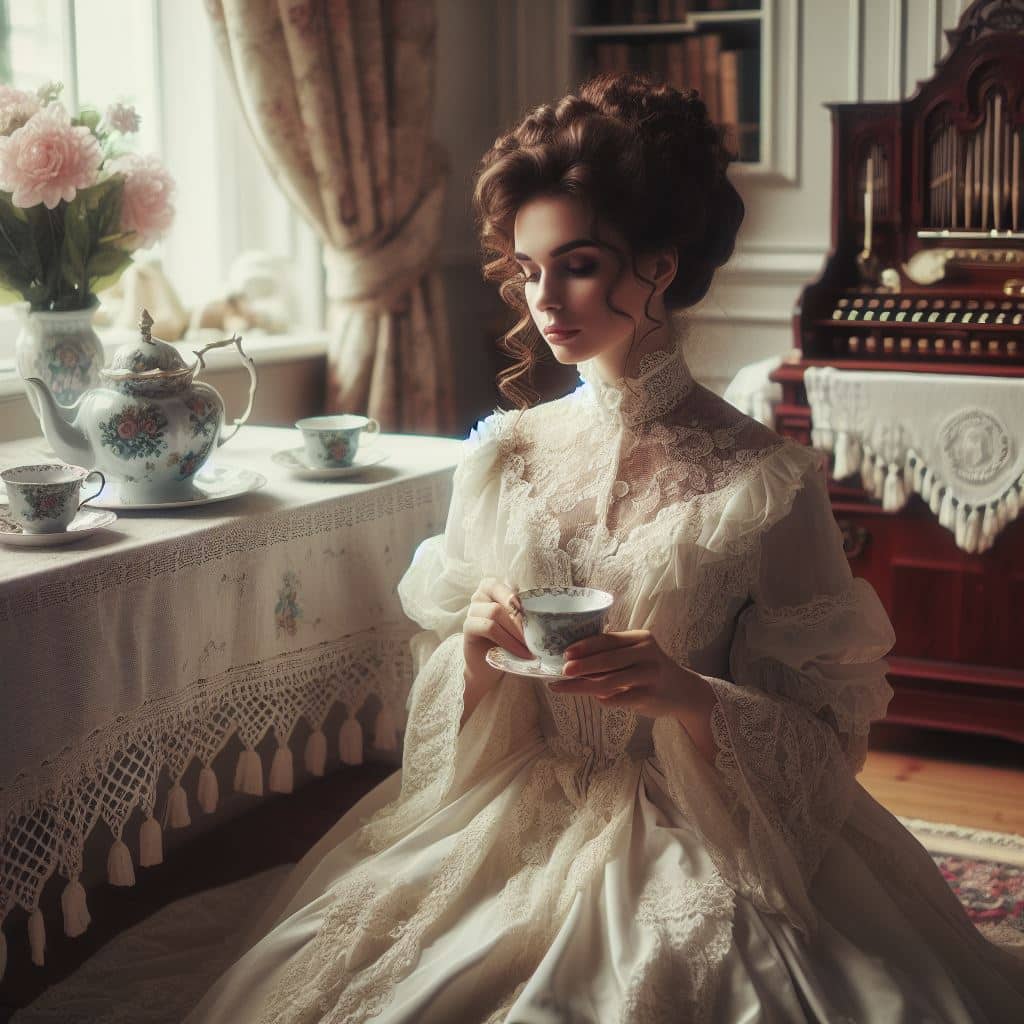
These dresses, distinct from their public attire, were more relaxed and could be donned without assistance. Adorned with intricate details and sometimes featuring a train, tea gowns were suitable for intimate gatherings but deemed inappropriate for public display.
Women donned trousers, though the term itself was off-limits.
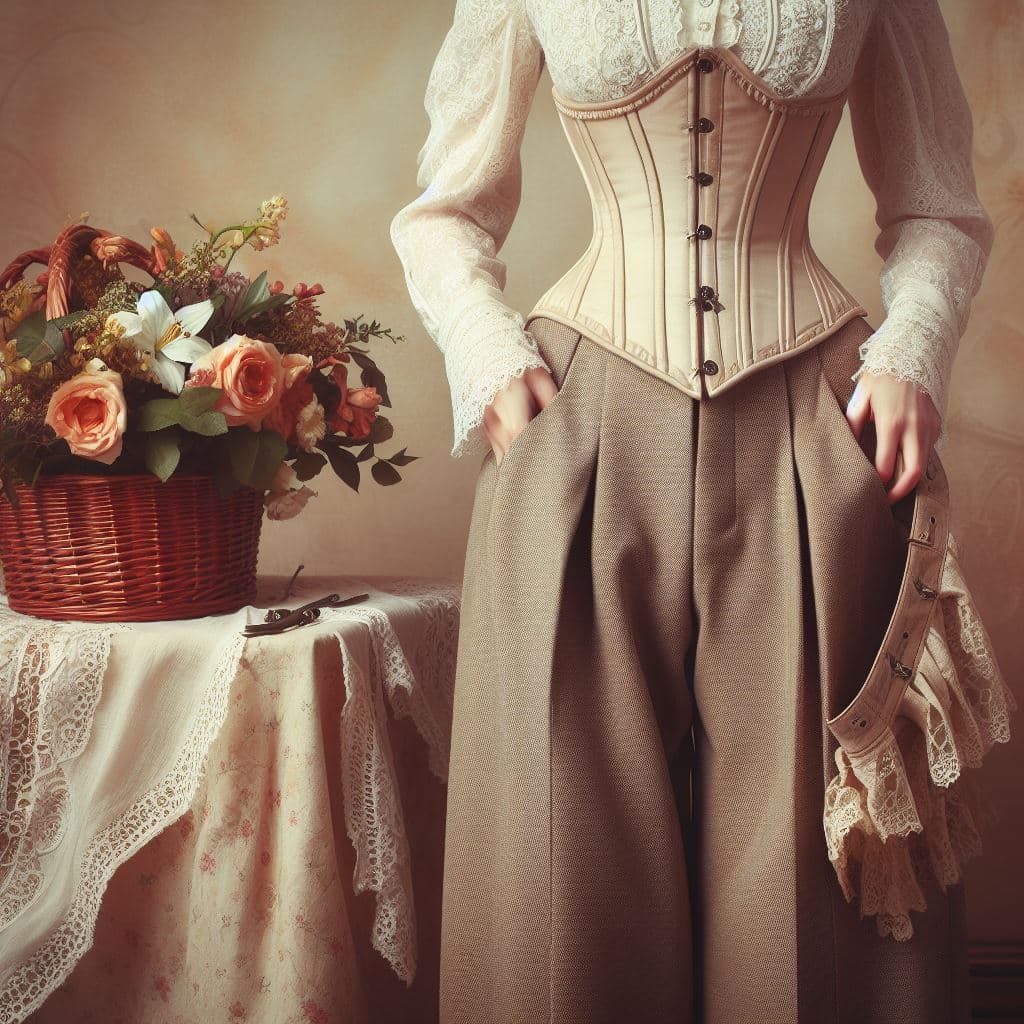
As the Victorian era drew to a close, women grew weary of corsets and crinolines. Brave souls dared to wear trousers despite public scrutiny and magazine caricatures. Though not like modern trousers, this marked a significant departure.
Yet, uttering “trousers” or “legs” was taboo. Instead, terms like “limbs” and “split skirts” were cautiously employed.
Do you find these facts interesting? Would you have lived in the Victorian era? Let us know in the comment section below.
